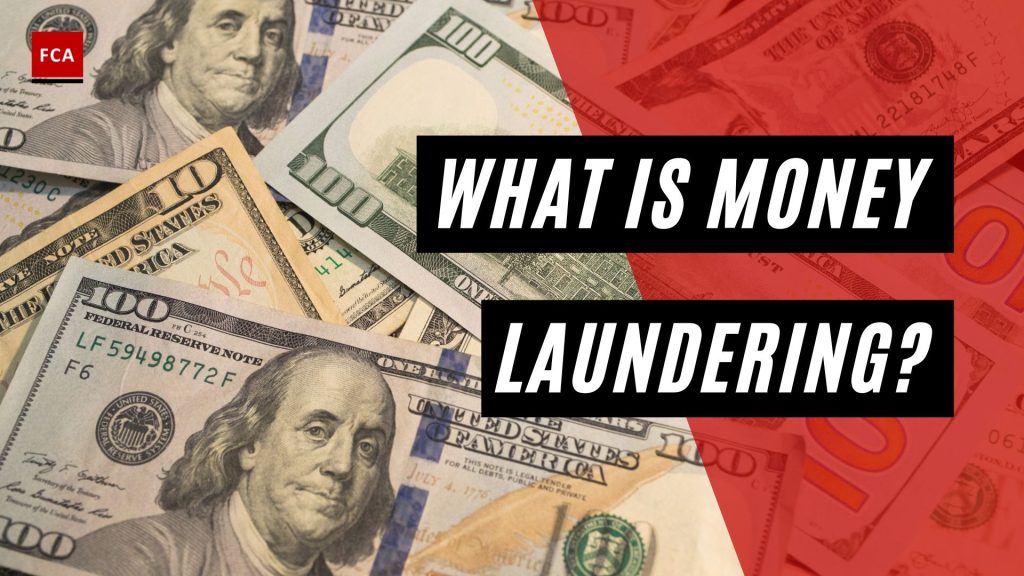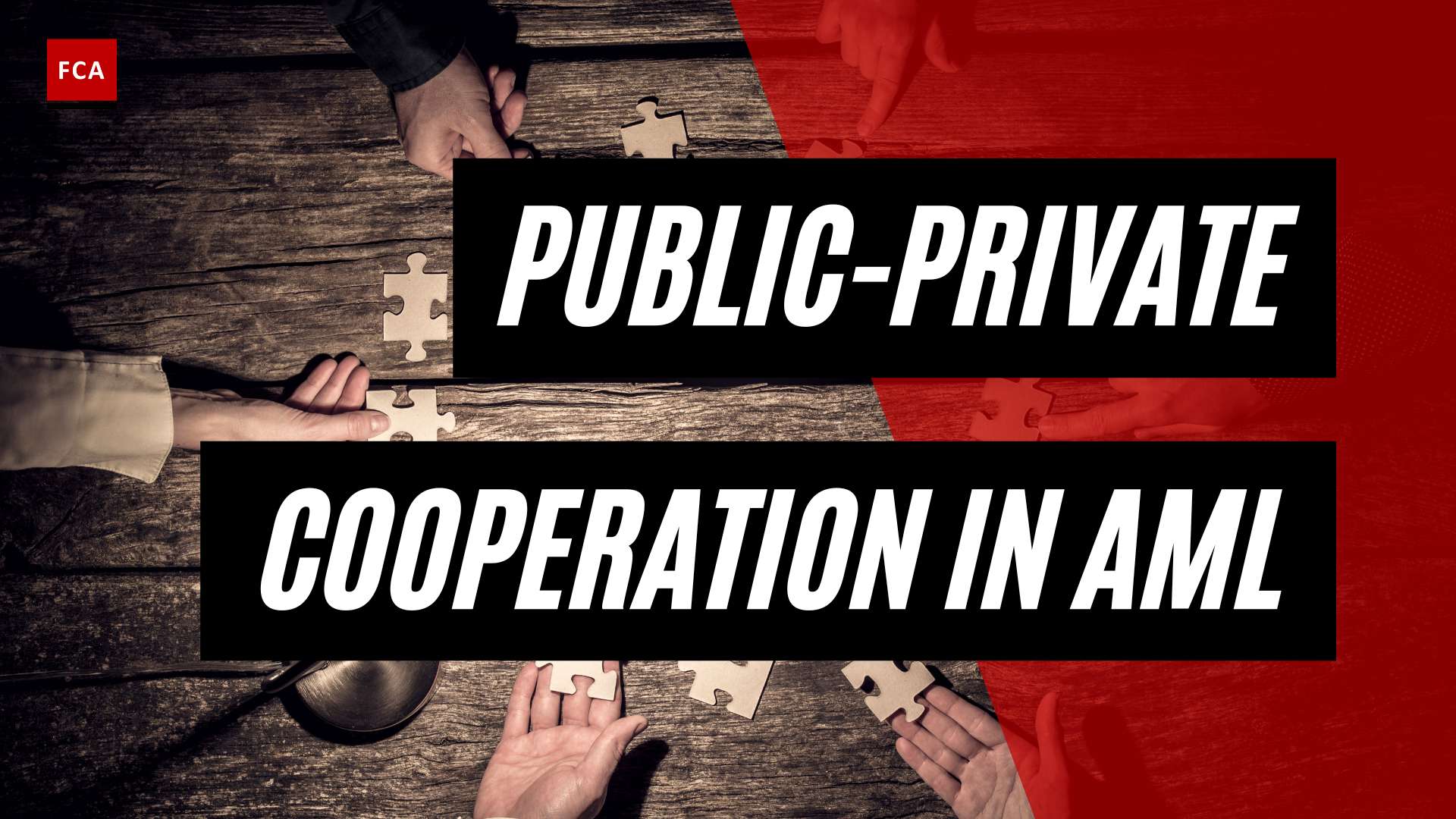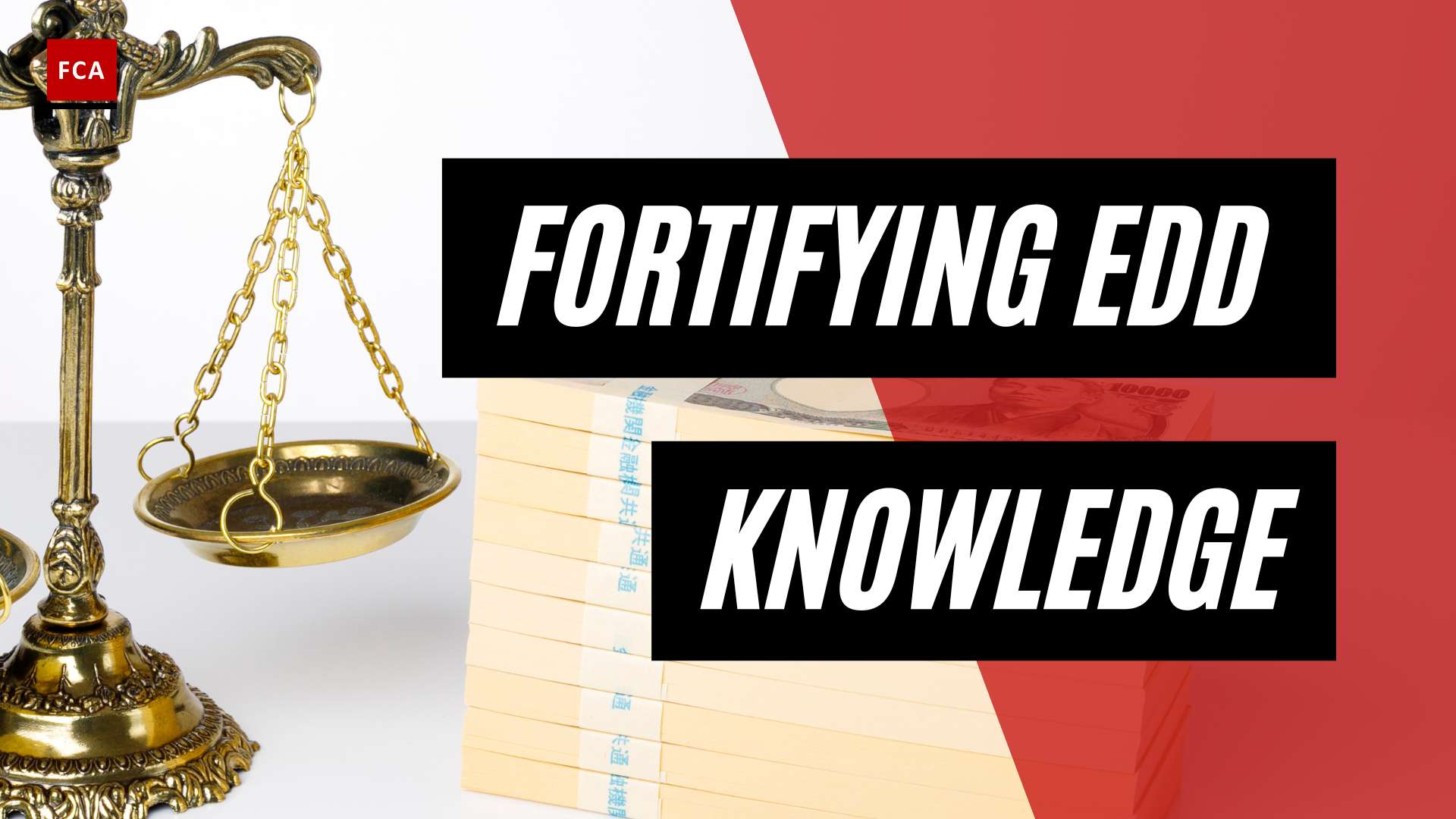What is money laundering? The term money laundering describes the activity of concealing or disguising the identity of illegally obtained proceeds. This activity aims to make the illegally obtained proceeds appear to have originated from legitimate sources.
The precise definition of money laundering varies slightly in each country where it is recognized in criminal law. It varies according to relevant organizations and standard-setting bodies, which will be covered later.

What is Money Laundering? What are Predicate Offenses?
Money laundering is the processing of criminal proceeds to disguise their illegal origin. Money laundering enables criminals to enjoy profits and funds without jeopardizing their source. When a criminal activity generates substantial profits, the individual or group involved must find a way to control the funds without attracting attention to the underlying activity or the persons involved. Criminals do this by disguising the sources, changing the form, or moving the funds to a place where they are less likely to attract attention.
When criminals derive funds from illegal activities, that money must be disguised before being introduced into the legitimate financial system. Money laundering is the illegal process of disguising the profits of financial crime, typically by using the services of banks and businesses. Criminals transfer their illegal funds from one place to another through a country’s financial system, such as banking channels. The transfer of illegal money may be to support other criminals in various other jurisdictions or countries.
Criminal activity is usually undertaken to generate revenue or provide a benefit to those undertaking the activity. Organized groups undertake significant criminal activity, and laundering is the process of disguising the illegal origins and ownership of the criminal property to enable the criminals to use and enjoy it without jeopardizing themselves or attracting unwelcome attention, such as from law enforcement. The main purpose of money laundering is to take advantage of criminal activities. Money laundering is the result of almost all profitable crimes.
To give you a few examples of different definitions of money laundering, the German Criminal Code keeps it rather simple and describes money laundering as “concealing unlawfully acquired assets.”
Common between all definitions of money laundering is that they contain two key elements:
- Funds or assets that were obtained through criminal or illegal activities, and
- Disguising the illegal origin of these funds are assets.
For the first element, it is, therefore, necessary to conduct a crime first and to make money from it. These crimes that build the basis for money laundering are called predicate offenses.
Predicate offenses vary in each country and are usually codified in a country’s criminal code. Exemplary predicate offenses may include crimes such as narcotrafficking, tax evasion, murder, grievous bodily harm, corruption, fraud, smuggling, human trafficking, illegal wildlife trafficking, and forgery. If one conducts such a predicate offense, makes money from it, and tries to hide the illegal origin of the funds, this makes for money laundering.
Predicate offenses in ML refer to a crime component of a larger crime. In a financial context, the predicate offense would be any crime that generates monetary proceeds. The larger crime would be money laundering or financing of terrorism.
A predicate offense is a crime that is a component of a more serious crime. For example, producing unlawful funds is the primary offense, and money laundering is the predicate offense.
In money laundering, a predicate offense that generates funds or assets is required as an entry condition. Predicate offenses vary in each country and are usually codified in a country’s criminal code. Since 2004, the Financial Action Task Force or FATF has updated the 40 Recommendations to expand the list of predicate offenses.
Financial intelligence units in the European Union and the United States have created legislation to mirror or expand these offenses.

In the United States, these offenses were initially created by the Bank Secrecy Act of 1970. These also have been expanded by the USA Patriot Act of 2001. With the passage of the 6th EU Money Laundering Directive, the European Union has adopted standard predicate offenses to mitigate loopholes in member-state Anti-Money Laundering or AML legislation.
In the European Union, for example, the so-called sixth European Union AML Directive defines and standardizes 22 such offenses for money laundering in all its member states. Exemplary predicate offenses include narcotrafficking, tax evasion, murder, grievous bodily harm, corruption, human trafficking, illegal wildlife trafficking, and forgery.
Final Thoughts
Money laundering refers to the process of disguising the proceeds of illegal activities as legitimate funds to conceal their illegal origin. This process involves various techniques that make it difficult for authorities to trace the money back to its illegal source. The primary purpose of money laundering is to integrate the illegal proceeds into the legitimate financial system, making them appear to have come from a lawful source.
Predicate offenses, also known as underlying crimes or primary offenses, are the criminal activities that generate the proceeds that are then laundered. Examples of predicate offenses include drug trafficking, human trafficking, bribery, fraud, and other illegal activities that generate large sums of money. In order to launder money, criminals first must engage in a predicate offense to generate the funds that need to be laundered.









